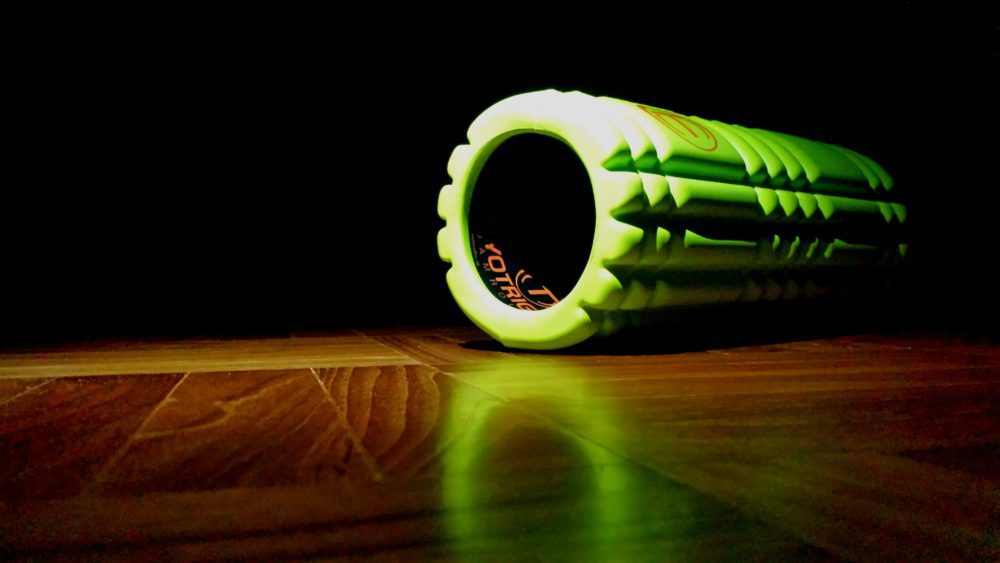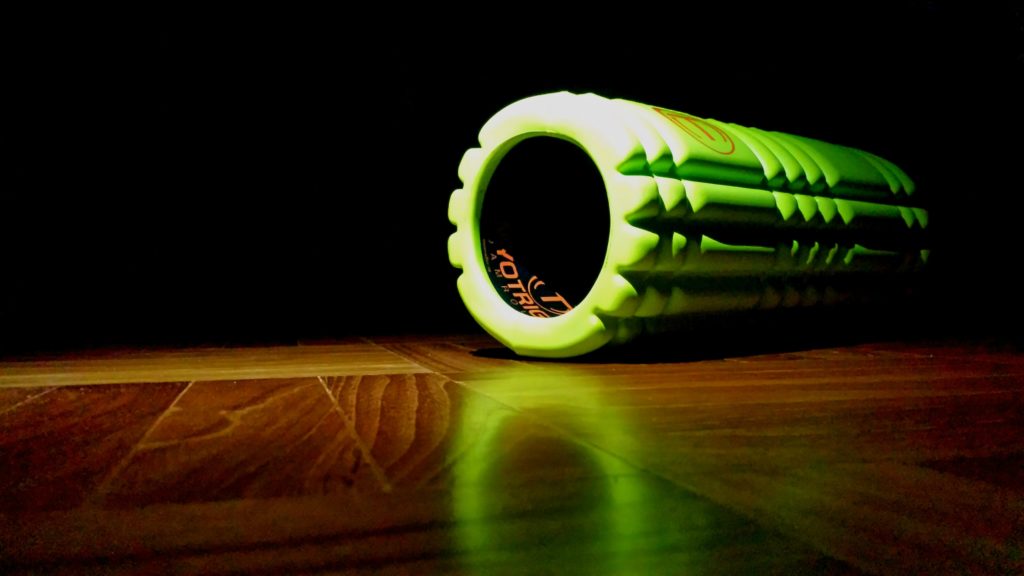Top tips to support the newly serious runner
Your pre-run prep and post-run recovery habits have as much impact on your success as the kilometres you log


Over the past year that I’ve been running steadily, I’ve learned a few things. Some are no-brainers, but others took some time to sink in. So I’ll share them with you now in the hope that your entry into the running world is more gracious than mine was. (It was not gracious. At. All.)
My five hot tips for new-ish runners:
Stretch every day
This is one of the no-brainers. Stretching is an important part of your warmup, your cooldown, and your recovery, and lets you give some sweet love to your new-found leg muscles. I find my runs go more smoothly when I do five minutes of stretching, targeting the biggest muscles, before I hit the road. It’s a good idea to do some stretching right after your run, too. And because I love to suffer, I also do deep stretches (long holds) for 20 to 30 minutes every night.
Roll it out
Everyone’s into rolling lately, but for good reason. My legs (especially my IT bands) get super tight, so I try to do it consistently. Sometimes I skip a day or two, and other times I find myself rolling around my kitchen three times in an afternoon. You don’t have to go all-in right away. It’s going to hurt, and your muscles may feel tender afterwards. Listen to your body, and pair rolling with stretching.
Do your strengthening exercises
I basically repaired my IT band syndrome by doing resistance band shuffle walks and clam shells. Did I like them? No. Did I often forget to do them? Yes. But I noticed a major different in my performance when I did them. So I scheduled them into my routine for 10 minutes after every run. Totally worth it.
Invest in shoes and gear
I’ll come right out and say it: running is expensive! But I would rather throw down $200 on a pair of good-quality running shoes that will last six months than to spend half that on shoes that will give me blisters and make my feet ache. Think about it: you’re hitting hard pavement with your sweet, tender tootsies for hours at a time, and these are just your training runs! Don’t put yourself through the misery of garbage shoes. That goes for your gear as well. Know what outfits work for you, and stick to it. I have multiple pieces of the same shorts, leggings and sports bras because I know they work. And they were worth the investment because I don’t spend my whole run tugging and yanking on clothes that don’t fit.
Fuel up, baby
There are two parts to this one. First, make sure you’re getting enough to eat. I go through phases where my appetite increases a lot and I really need to eat more. (Calories equal energy.) I’ve told myself that surely I don’t need to eat that much food, but I do. And you do, too. Don’t be afraid to eat more, as long as it’s high-quality food. If you start shoving fast food down your throat after every run, well, you’ll figure our sooner or later what will happen.
Second, take some fuel with you (water and food) on your long runs. You don’t need a gel pack for a 10km run when you’re doing marathon training, but you might want one around kilometre 15 of a 25km long run. You may want to bring water with you more regularly, especially as we head into the summer months. I invested in a hydration backpack for longer distances and a handheld water bottle for shorter runs, and I use them both regularly. Again, don’t cheap out and carry your plastic water bottle with you. Handhelds usually go for about $40. Spend the money and invest in the gear that will literally save your life.


